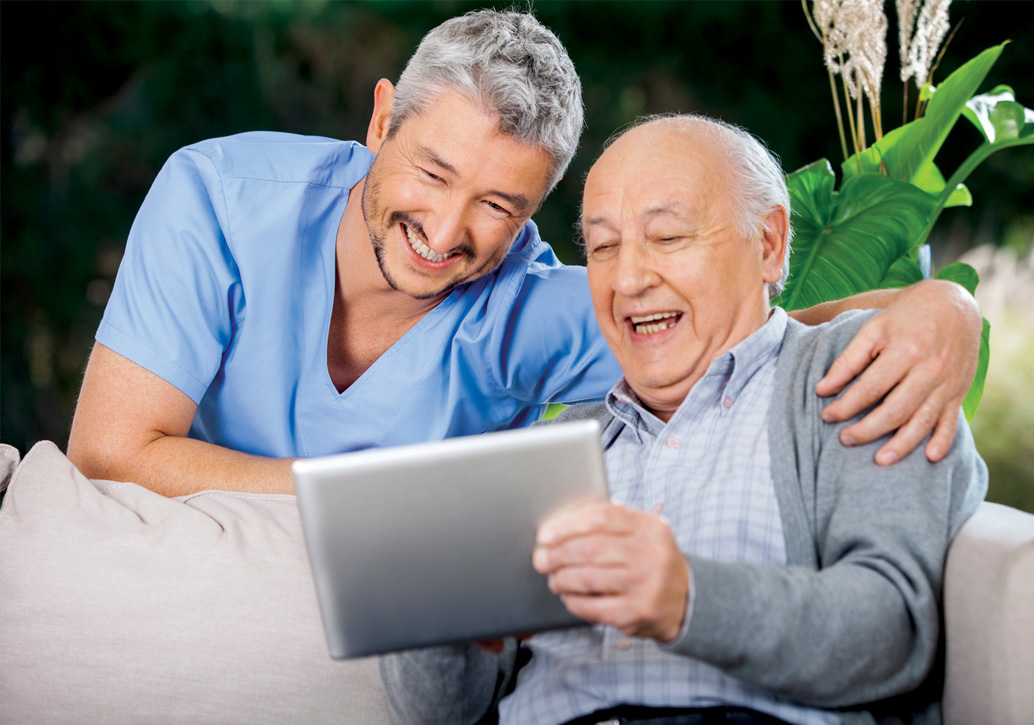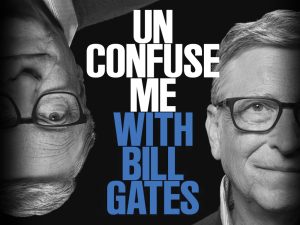Jay V. Patel, PharmD, MBA, Meghan Fitzgerald, DrPH, and David Young, PhD
Family caregivers have unmatched proximity to care recipients, making them uniquely positioned to notice subtle, yet meaningful, changes in behaviour. These observations are key to preventing costly outcomes, particularly in individuals with the most complex health conditions.
Supporting the caregivers of this vulnerable population is the focus of the Caregiver Homes (CGH) intensive care-management model from US company Seniorlink. The model involves care teams working alongside caregivers, offering education and guidance. Over the past 10 years, more than 7,000 care recipients across six states have been attended to by 10,500 caregivers.
Half of those currently being cared for are 65 years or older, and nearly three-quarters of the care recipients require help with more than two activities of daily living (ADLs). The involvement of caregivers in the lives of care recipients greatly decreases the use of costly services, with a demonstrated contribution of more than $400 million in savings since 2006.
The program also involves daily exchanges between care teams and caregivers, using technology to enhance that collaboration, and to more efficiently and effectively unlock caregiver potential. Over the last 10 years, six million electronic exchanges via laptops and 300,000 in-home interviews have been conducted. Important observations about the care recipient occur in real time and allow care teams to intervene appropriately.
One particularly injurious event that can be mitigated with proper interventions is falls. Results presented at the recent American Society of Aging conference demonstrate that a rapid, two-way communication model can influence falls outcomes.
Program description
CGH teams interact with caregivers via electronic communications and phone calls, and periodically interact directly with the caregiver and care recipient via home visits. Information on incidents and service use is gathered from reports in a proprietary electronic care-management record system called Seniortouch (developed by Seniorlink). A portion of the CGH population has started to obtain daily status updates via Vela, a new care-collaboration platform that is accessed by caregivers via a web-based application. Information on care recipients’ ADLs, well-being, status changes and incidents (including falls) is recorded. Functional activities and ADLs are monitored according to the previously validated Minimum Data Set.
A comprehensive falls risk assessment and management program (FMP) has been implemented to train care managers, who in turn educate caregivers on falls risk assessment, prevention and management. All care recipients are evaluated for their risk of falling using a proprietary tool called the Falls Quick Screen. The Falls Quick Screen assesses fall history, gait, balance, medication regimen, age and other factors that impact falls. It then determines both the risk of falling and the risk of an injurious fall, and assigns each individual to a risk quadrant. Next, the care plan is reassessed and revised to determine when follow-up is needed. These revisions might include additional coaching for the caregiver and care recipient, referral to external skilled services (e.g., physical therapy), collaboration with pharmacists to review and revise the medication plan, and other actions that are recipient-centred, dynamic and sensitive to changes in health status. Any fall that does occur is considered an event, no matter the injury status. Falls are verified by CGH nurses or care managers, via either telephone or a home visit.
Results to date
Demographic data on care recipients who have participated in the FMP to date can be seen in Table 1. Individuals aged 65 years and older account for 52.2 per cent of care recipients. Many care recipients suffer from chronic conditions, particularly hypertension and psychiatric illnesses. Among all care recipients, 24 per cent have been diagnosed with a serious mental illness. A majority of recipients are classified as having an unsteady gait and, overall, care recipients require assistance with an average of nearly three ADLs.
Using the Falls Quick Screen, 39 per cent of current care recipients have been identified as being both at high risk of falling and at high risk of injurious falls (Table 2). Although older care recipients (age ≥65 years) do not appear to be more likely to fall (Table 3), they are at greater risk of injurious falls (Table 2).
The falls rate dropped nearly 40 per cent in the months following the implementation of the FMP in 2011. For the Massachusetts-only population, the falls rate peaked at 1.46 falls per 1,000 care recipient days in 2013, after staff and caregiver training, and dropped to 0.73 falls per 1,000 care recipient days by the end of 2016. This compares with a range of 1.3–8.9 falls per 1,000 care recipient days in skilled nursing facilities and hospitals.
Conclusions
• Supporting caregivers through education by care managers trained in FMP had led to a 50 per cent reduction in the falls rate, going below the falls rate that can be found in skilled nursing and hospital facilities.
• Individuals aged 65 years or older do not fall at a higher rate than those younger than 65 years, but they are more likely to suffer injury.
• The ability to obtain daily insights from caregivers has helped care teams reinforce key learnings on fall management.
• Despite the growth of CGH during the time period in which falls rate was monitored, the addition of new team members and rapid program growth has not lessened the success of the FMP.
Future directions
In the future, we expect to see a broader adoption of proactive approaches that leverage caregivers and deploy quick responses when the need arises, to avoid costly crisis situations. The reduced falls rate presented here is a result of providing a resource that engages caregivers. Vela is a new, powerful tool that may contribute to improved outcomes. It is a HIPAA-secure care-collaboration platform (both web- and application-based) that provides the caregiver with a care-organization tool, access to educational materials and seamless communication with the extended care team, which includes case managers, providers and caregivers outside the home. We know the answer to improving outcomes further is innovative mobile health technology that scales. The use of Vela and improvements in falls tracking forms will allow for more rapid, accurate reporting. It might even be possible to predict falls risk in real time with this technology, rather than relying on retrospective risk assessments.
Presented at the American Society on Aging Conference, March 2017, Chicago, IL, USA.
References available upon request.













